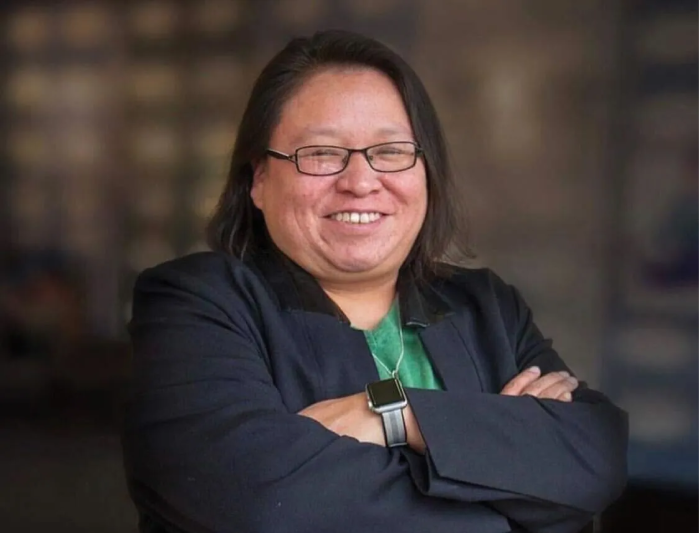A strong anti-war movement, harsh criticism of an unpopular president, and intra-party fighting. No, I am not writing about life in 2008. I am referring to 1968, the last time a Democratic Convention received as much media attention as the one conducted in Denver this week.
Forty years ago, inside the convention hall, tension among delegates reached chaotic levels and outside, the streets ran red with the blood of young protesters, forever staining the reputation of Chicago.
Maybe it was their discontent over a seemingly hopeless war in Vietnam, the backroom bosses’ selection of Hubert Humphrey, a candidate never to enter a single primary or a final mournful cry for their fallen heroes Bobby Kennedy and Martin Luther King, but 1968 was famous for all the wrong reasons. This year, however, Democrats hope that when faced with many of the same challenges and eerily similar issues, they will produce vastly different memories.
Of the more than four thousand delegates seated at this year’s convention, two hundred and eighty had the honor of representing the State of New York, including some of Queens County’s most influential party leaders and elected officials. The contingent from Queens showcased a veritable who’s who of political power with representatives from the city, state and federal levels of government all participating.
*The borough’s four congressional representatives, Gary Ackerman, Joseph Crowley, Gregory Meeks and Anthony Weiner were all in attendance, as well as the Borough President of Queens, Helen Marshall. City Councilmembers David Weprin, John Liu, Melinda Katz, Thomas White Jr., James Sanders Jr. and former City Councilmember Archie Spigner also made the pilgrimage. Senate Minority Leader Malcolm Smith was joined by fellow State Senator Toby Stavisky and Assemblymembers Cathy Nolan, Ellen Young, Vivian Cook and Barbara Clark.
One of the largest and most diverse boroughs in the country, Queens was well represented by this venerable group of lawmakers, but what exactly was their role when they were not waving signs as a stream of confetti and balloons descended in a perfectly choreographed media moment?
Aside from fulfilling the ultimate duty to cast their votes for the Democratic presidential nominee, which occurs on the third day of the convention, a typical day at the convention usually begins with a state delegation breakfast meeting. Here, delegates listen to speeches from their state’s prominent Democratic leaders. Following the morning session, the real work of delegates, particularly those who hold an elected office, begins with seminars where they can meet with other elected officials and organizations to discuss a wide array of issues concerning the national party platform.
Members of the delegation from Queens work to ensure that concerns specific to New York are included in the national platform, when addressing issues such as the declining economy, homeowners struggling with the mortgage crisis, the high cost of fuel and greater access to affordable healthcare. Many regions throughout the country suffer from similar afflictions, but proposed solutions tend to vary state by state. Therefore, when discussions of national issues arise, it is incumbent upon the delegates from New York to represent our interests as part of the greater good of the country.
Though many parallels can be found between the national atmosphere surrounding the conventions of 1968 and 2008, the underlying animosity and divisiveness which tore apart the convention and rocked the country to its core was not present forty years later. The role of delegates varies every convention, often times slightly, sometimes vastly, but this year, their duty was clear. They united behind a candidate chosen by some and agreed to begrudgingly by others because they wanted change and realized that burning the village is not the best way to save it.
*My sincere apologies to any elected official I neglected to include. It was not an omission from a lack of respect, but a lack of space.
NEWS & NOTES:































